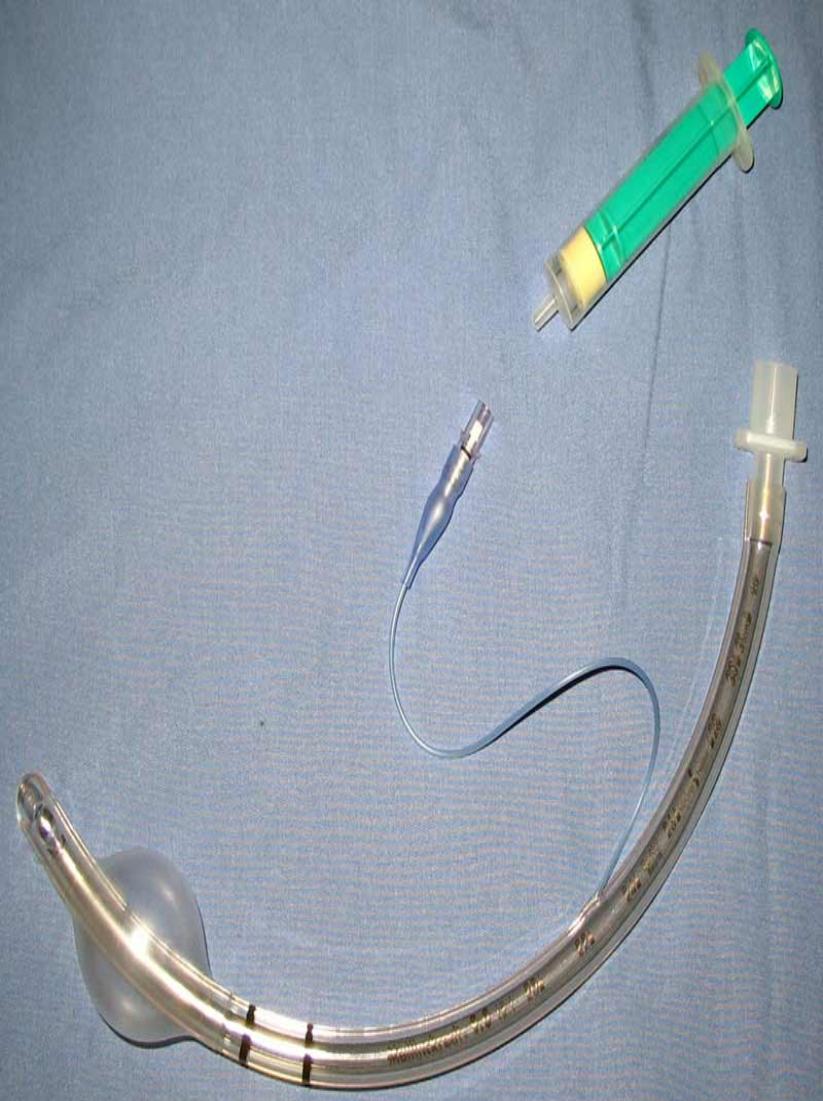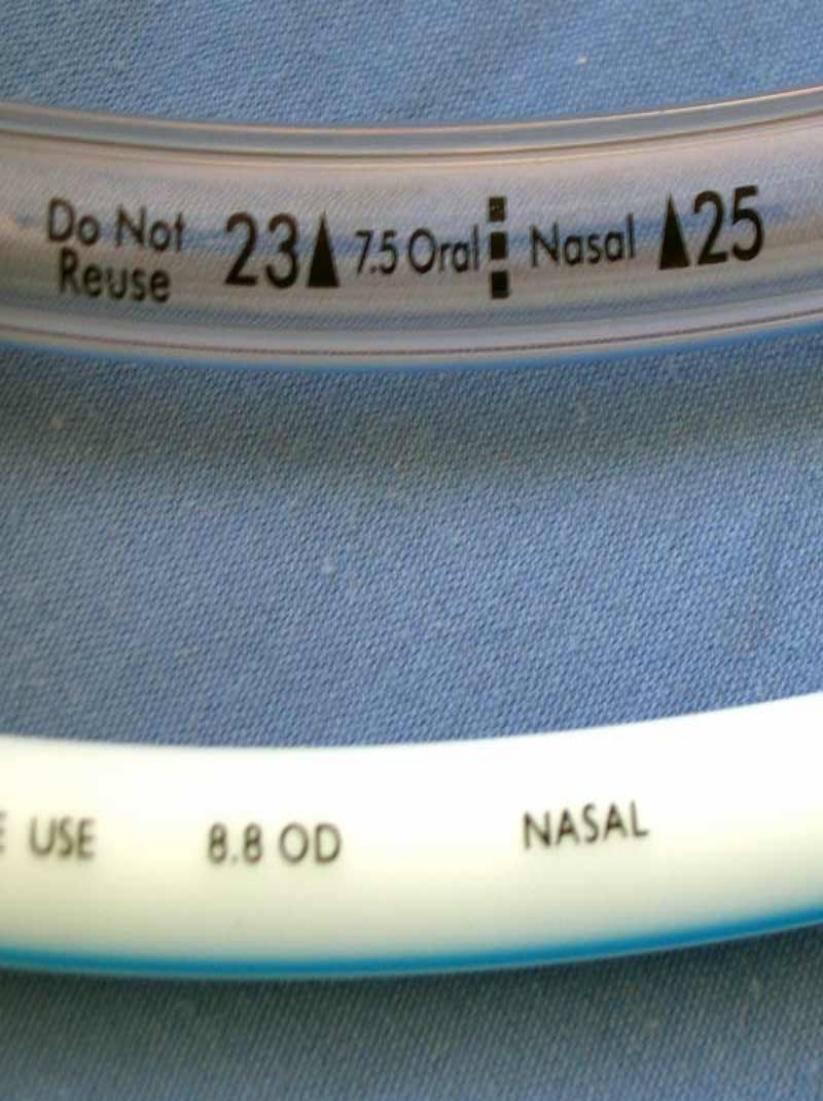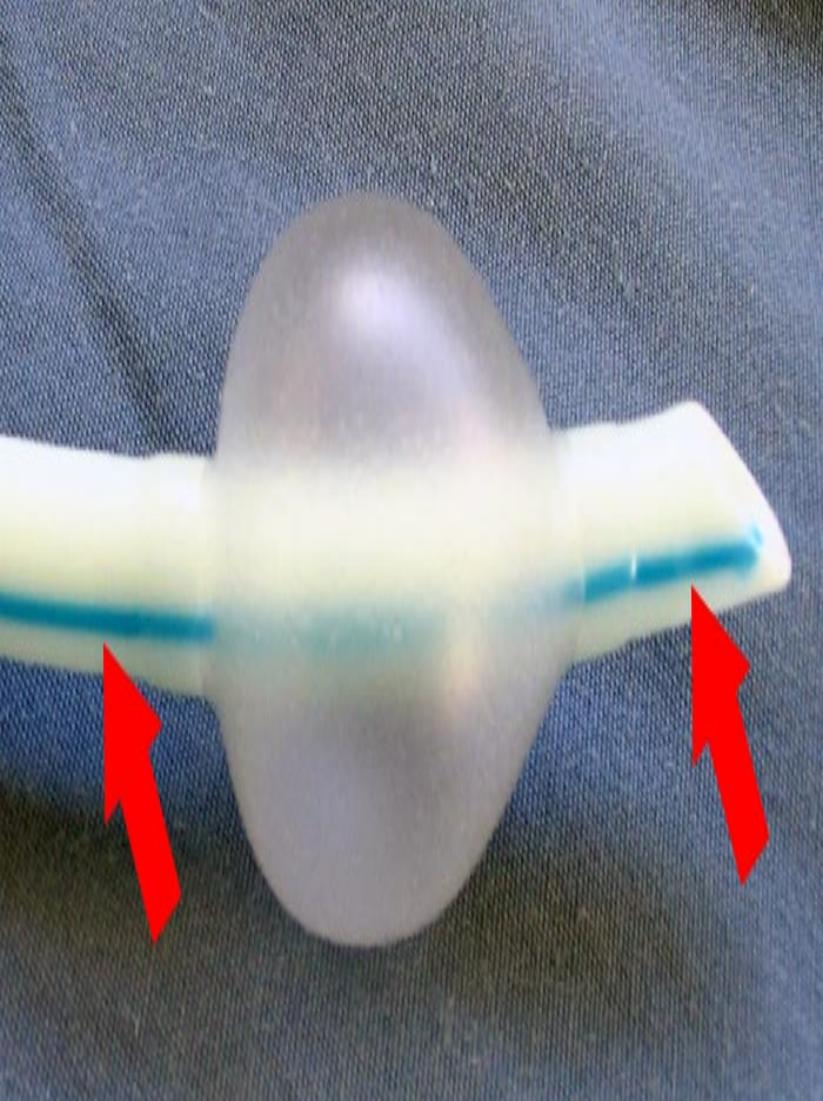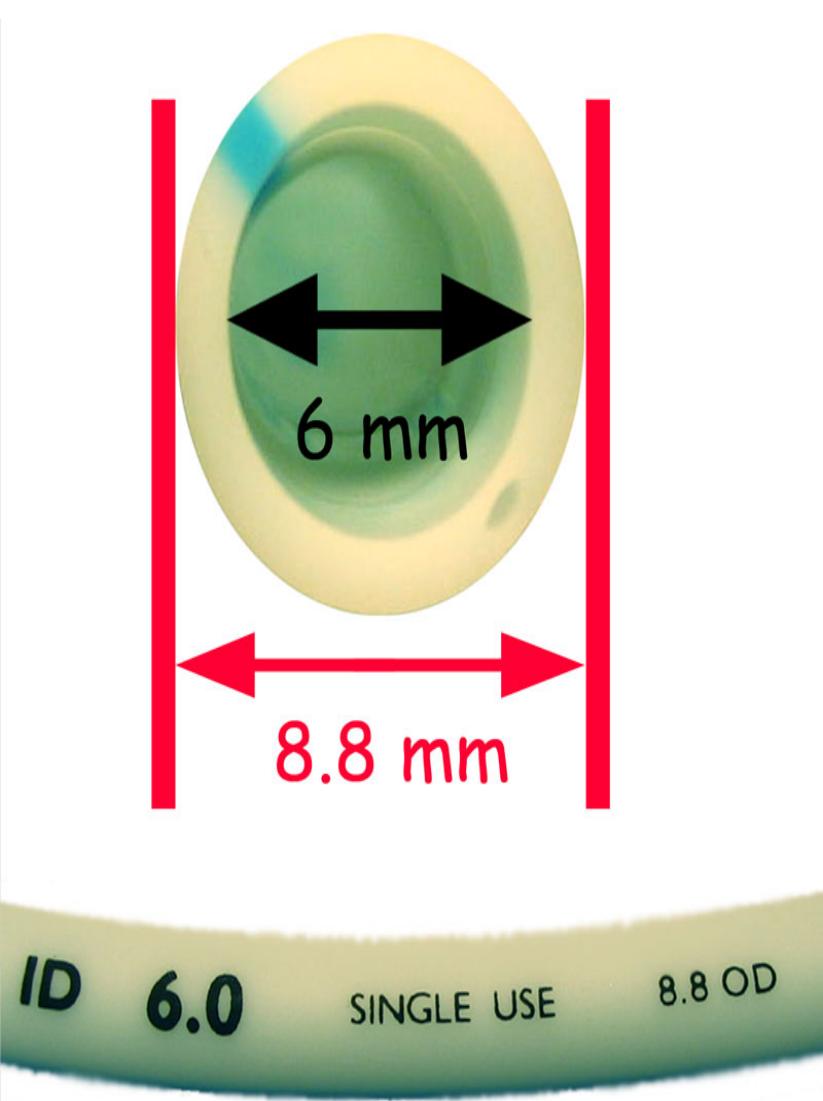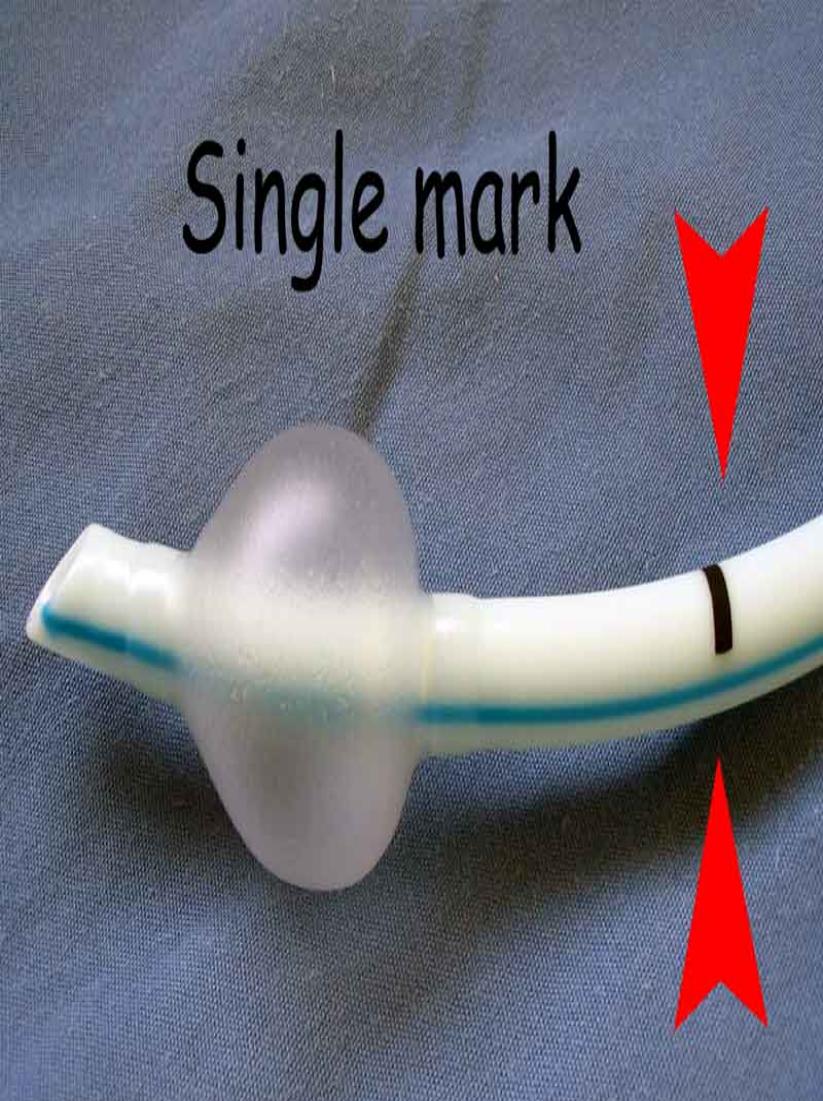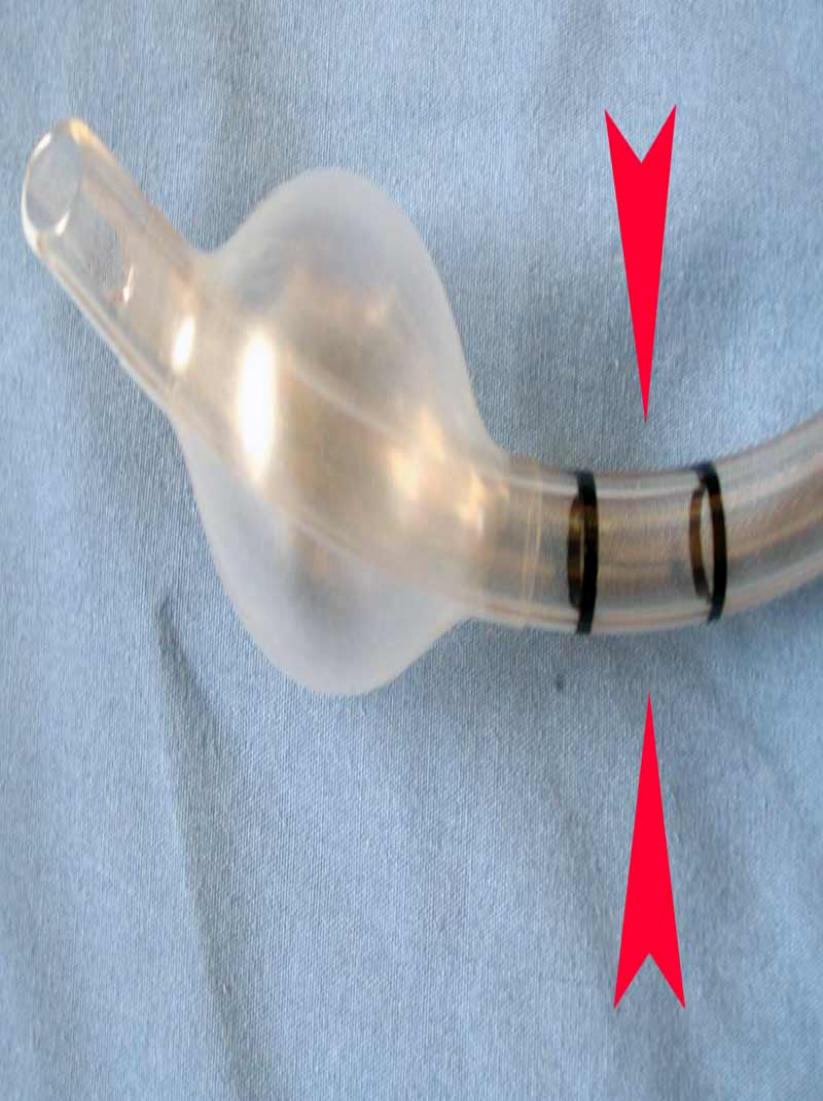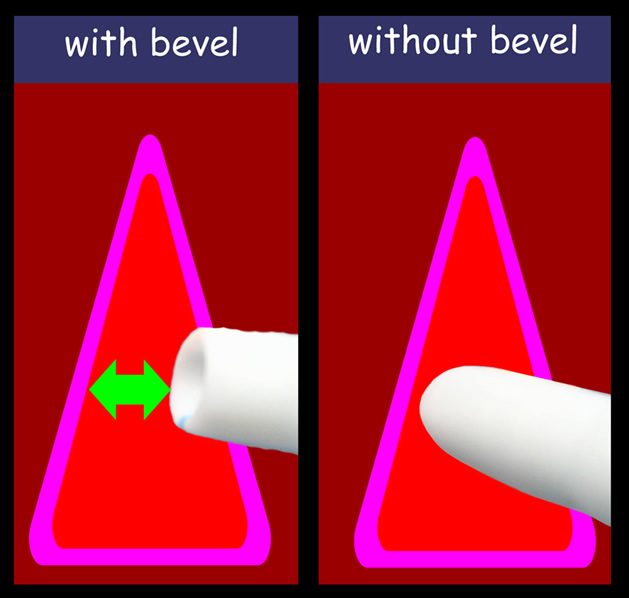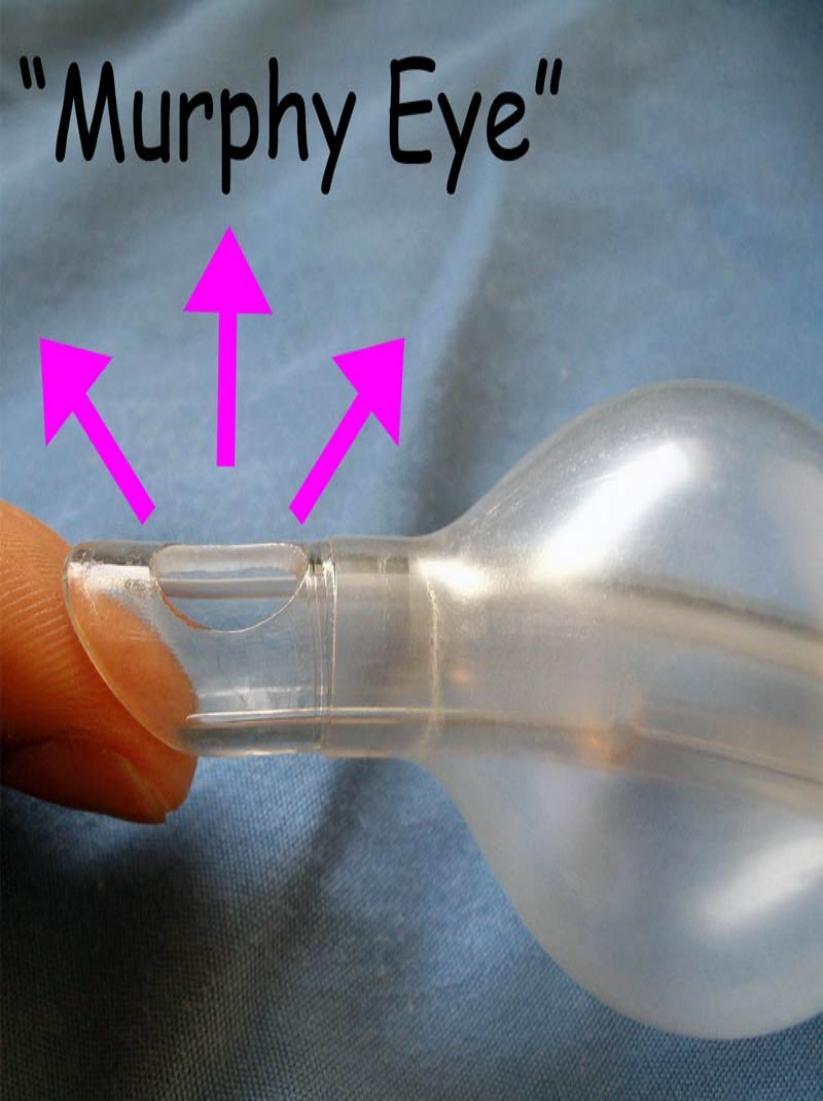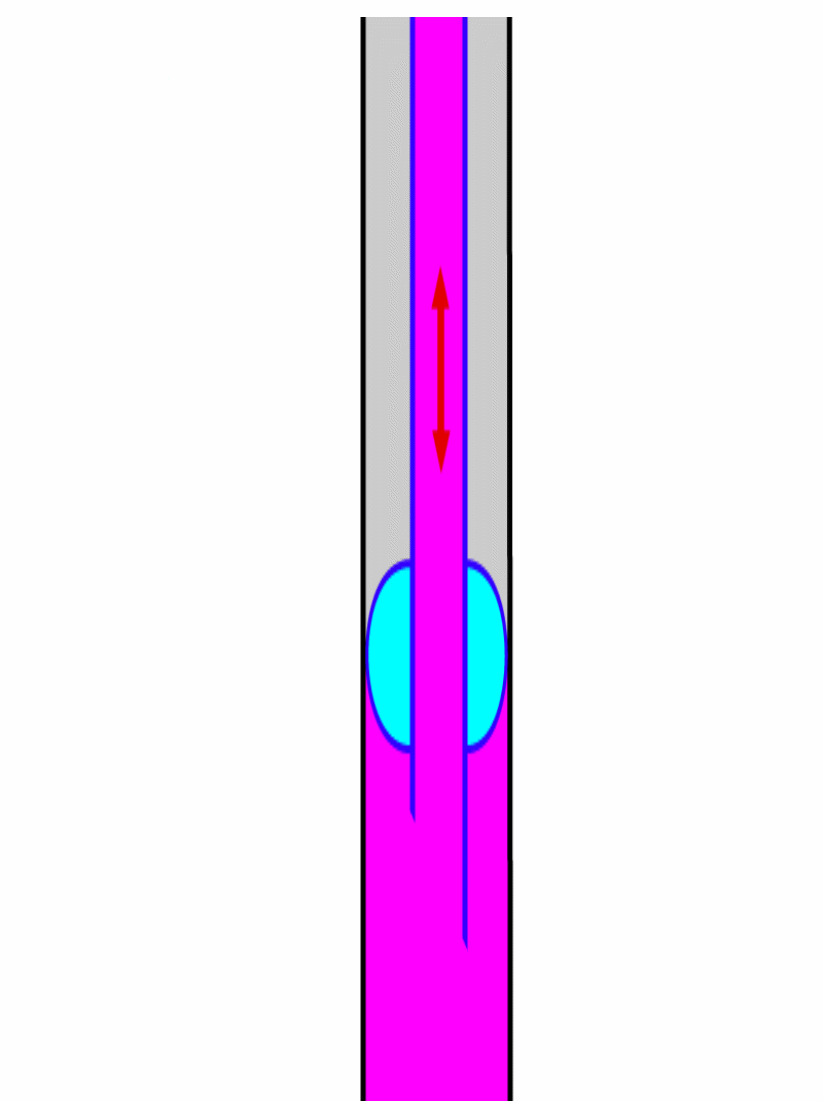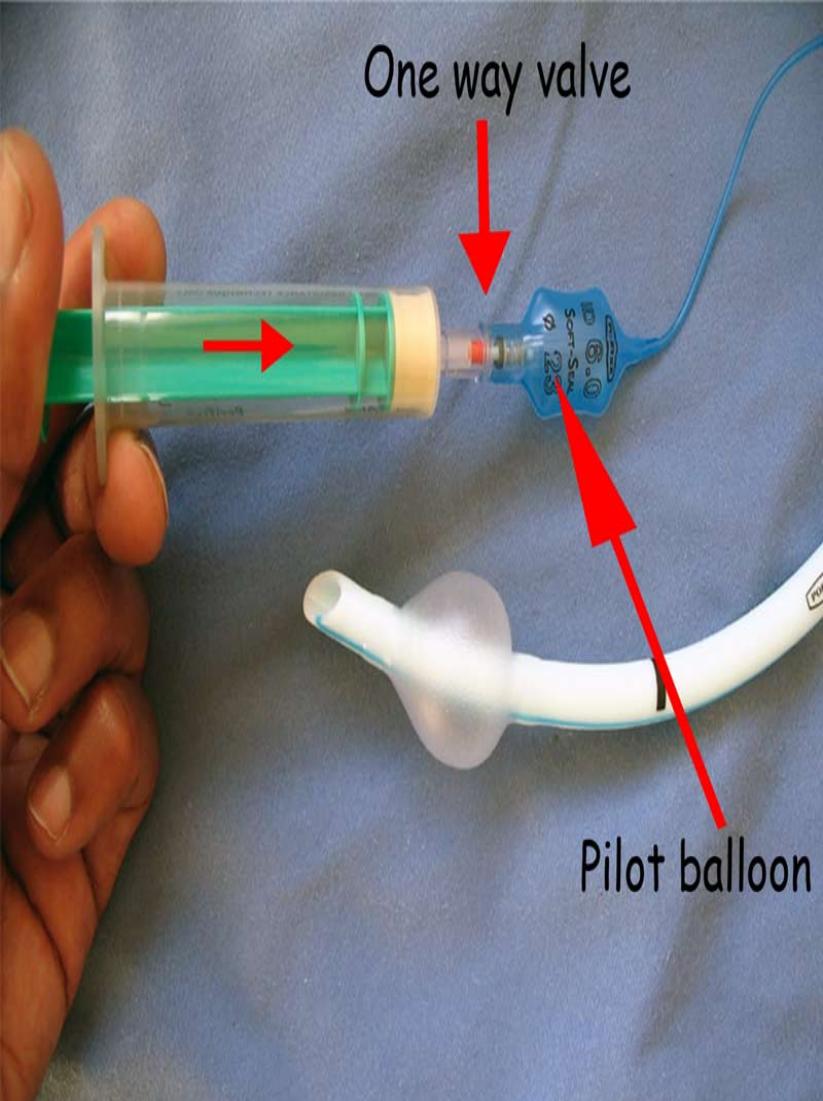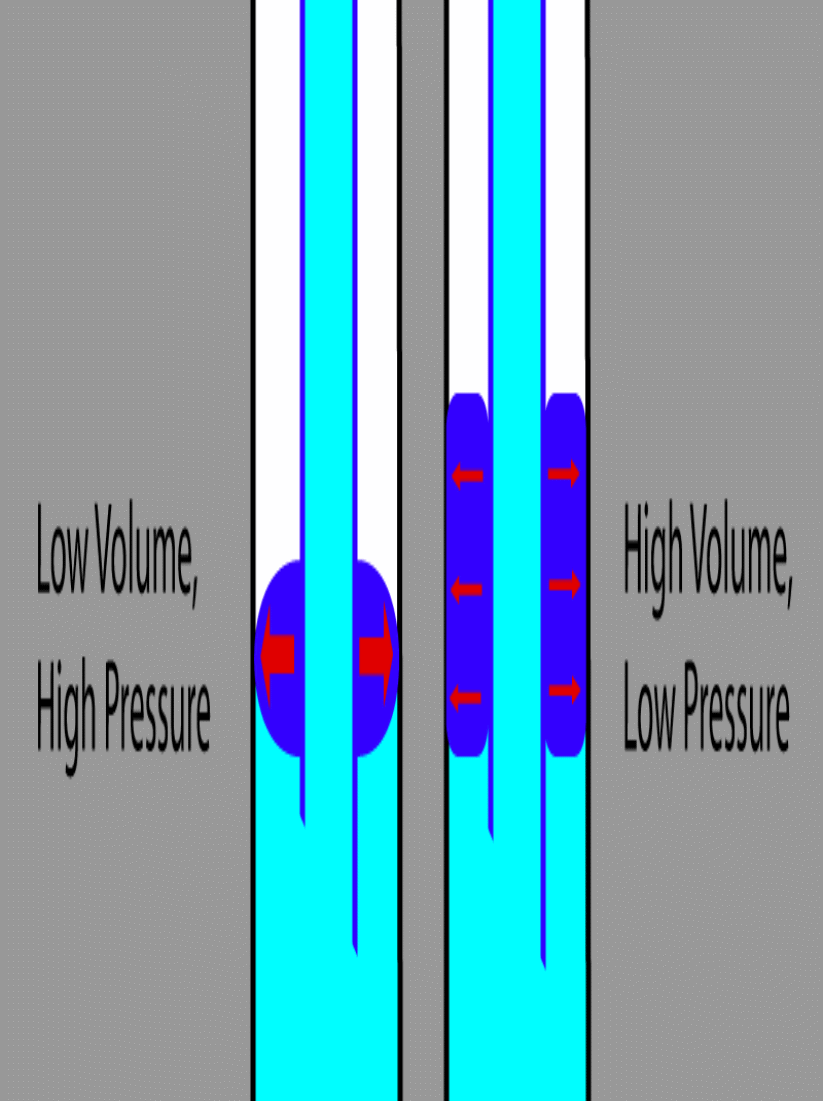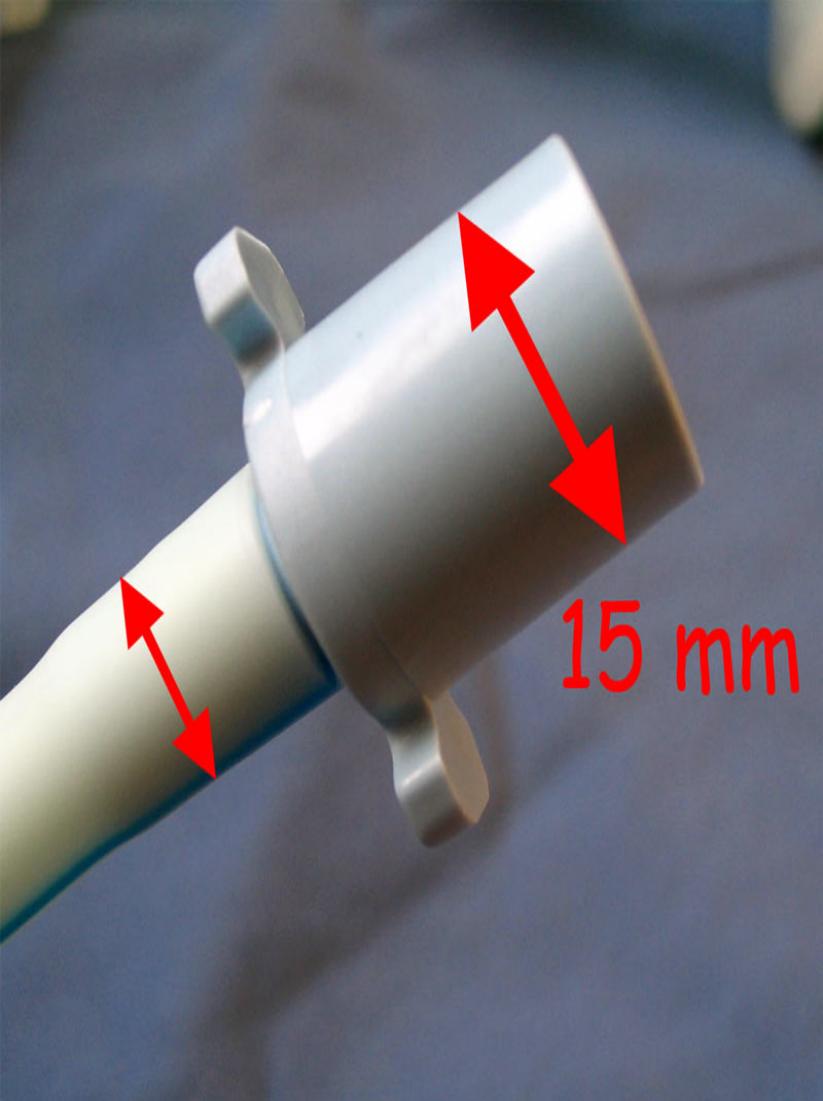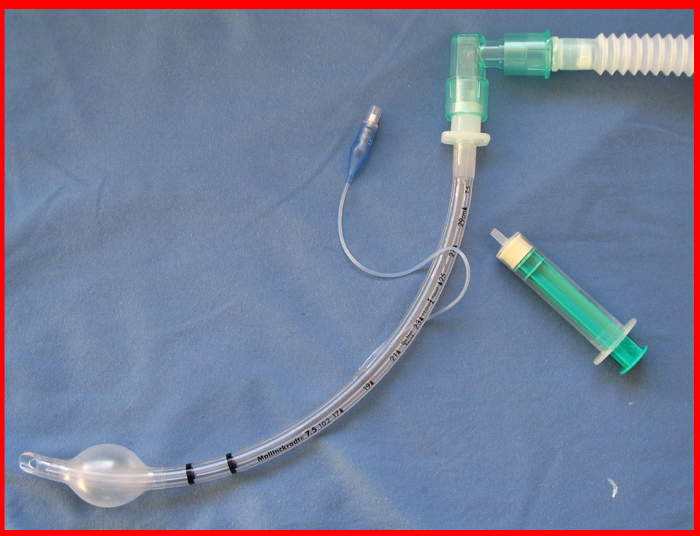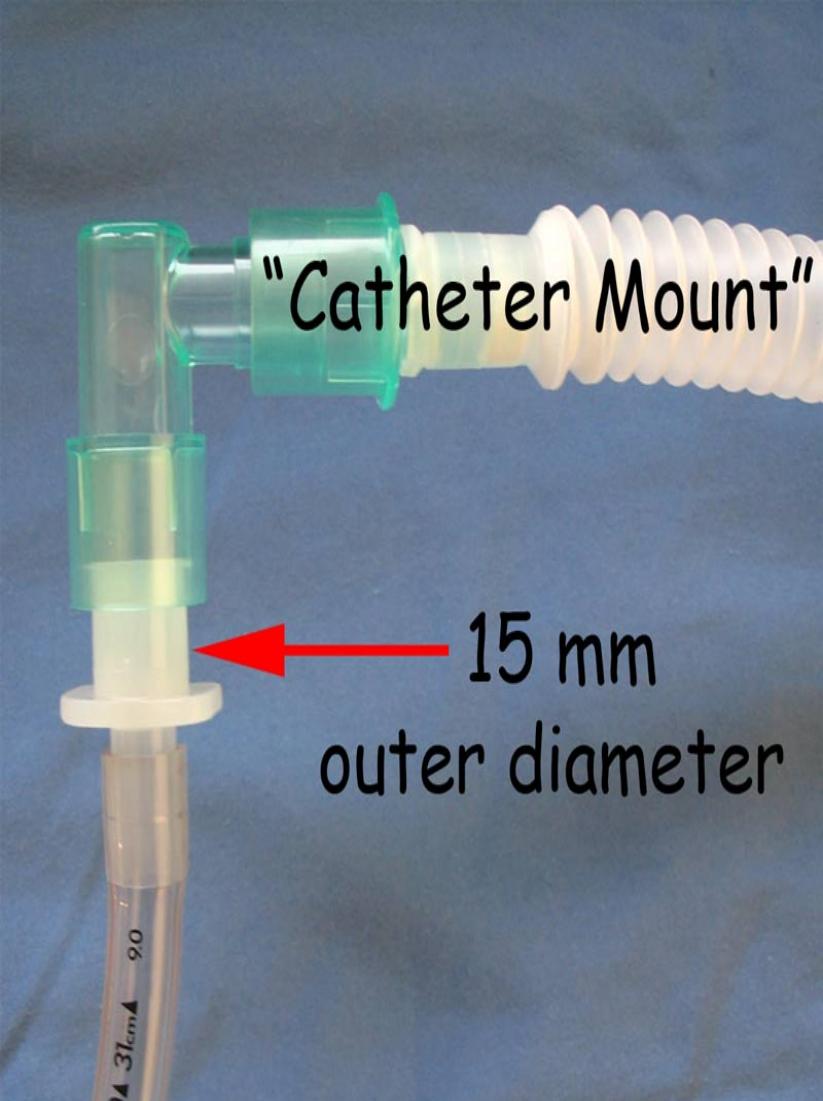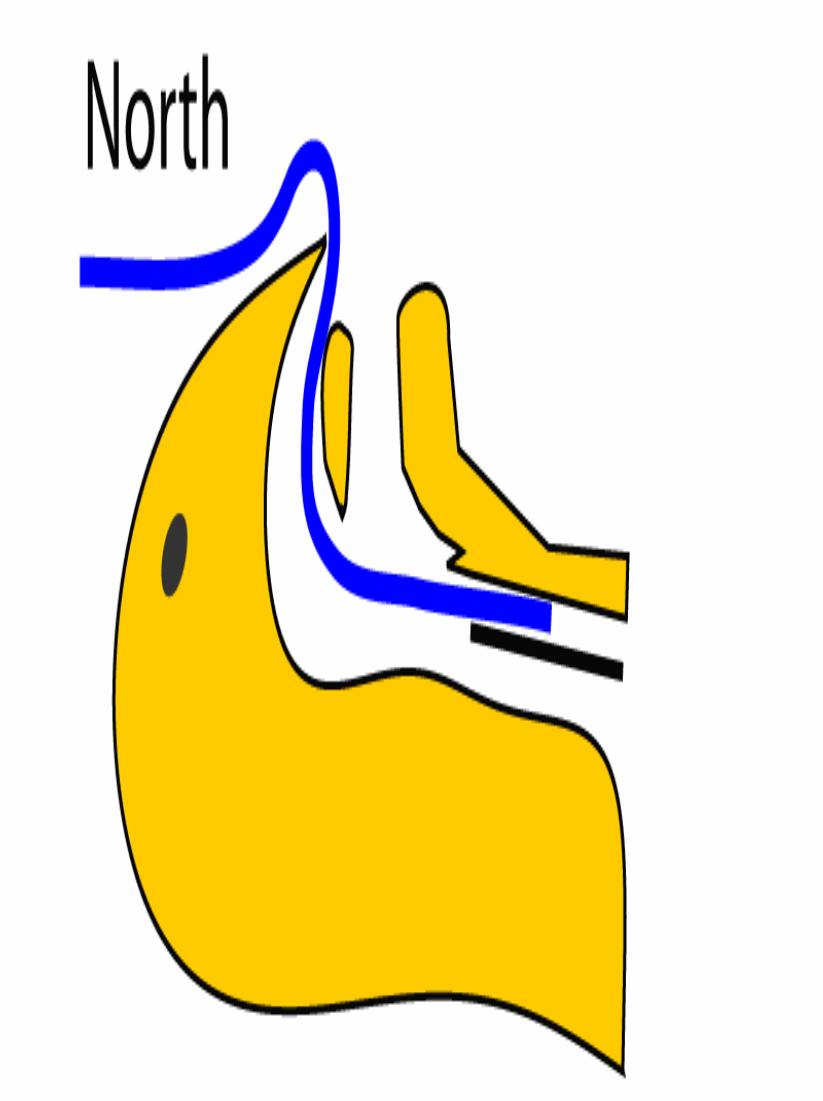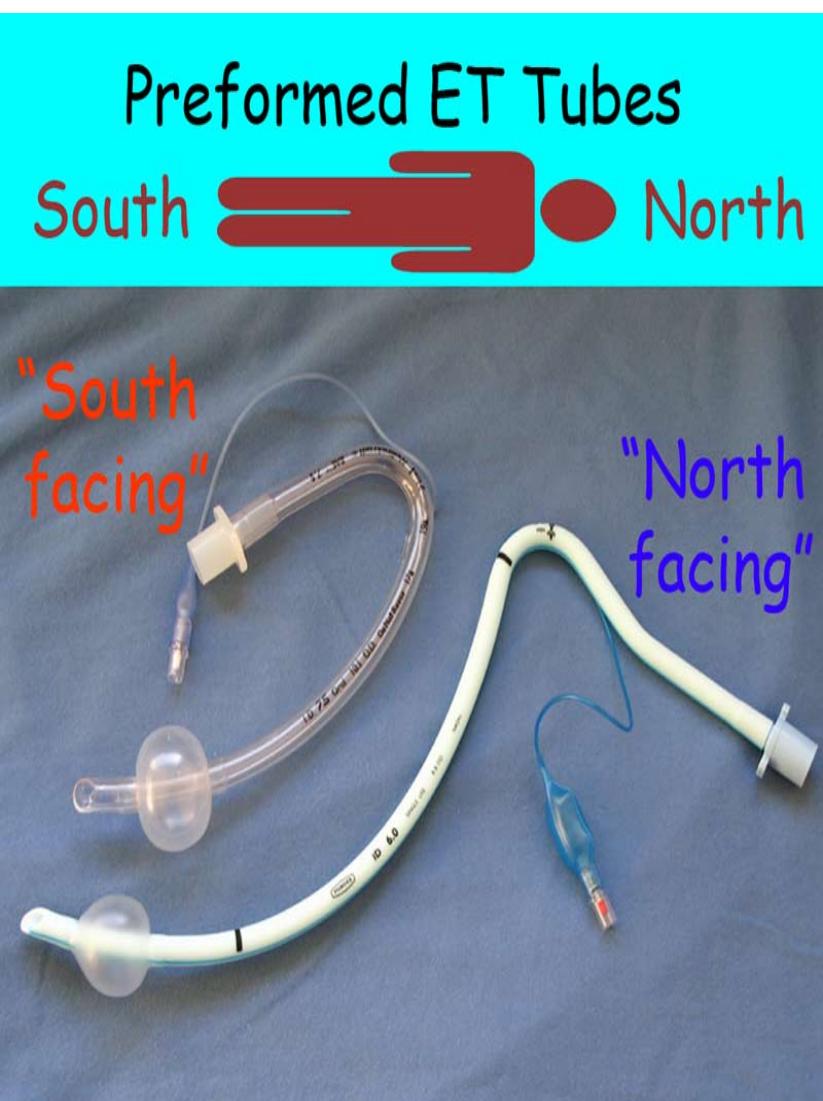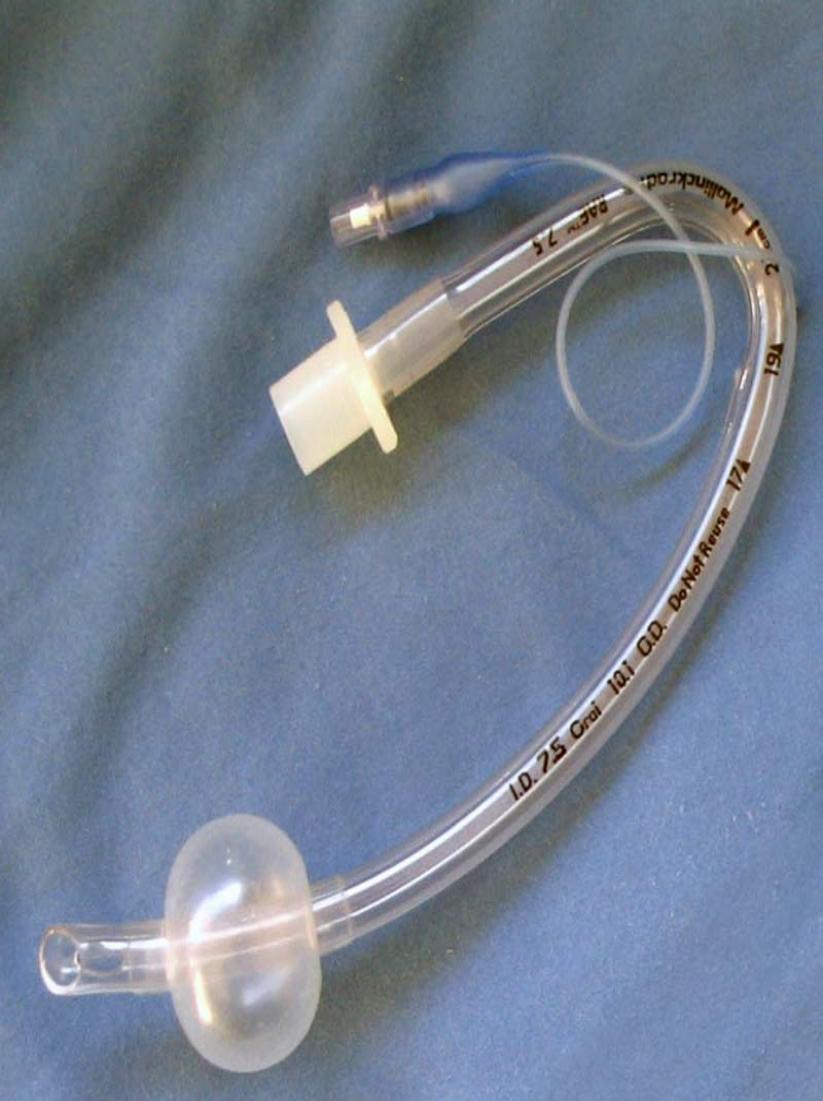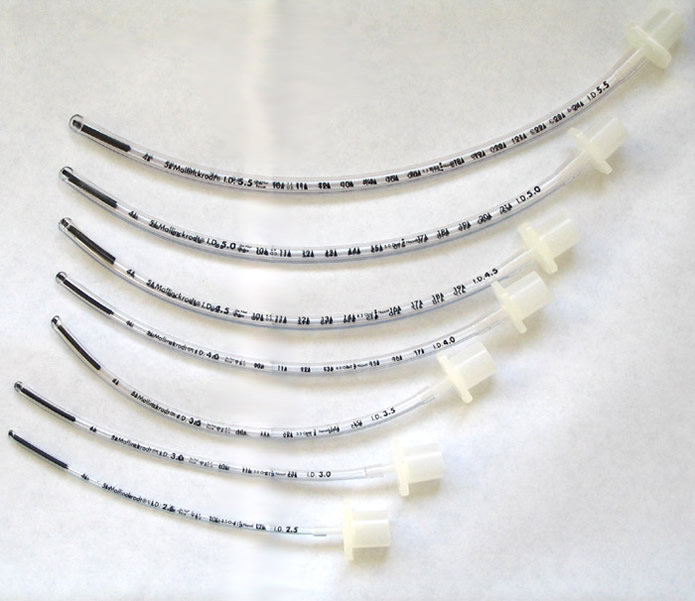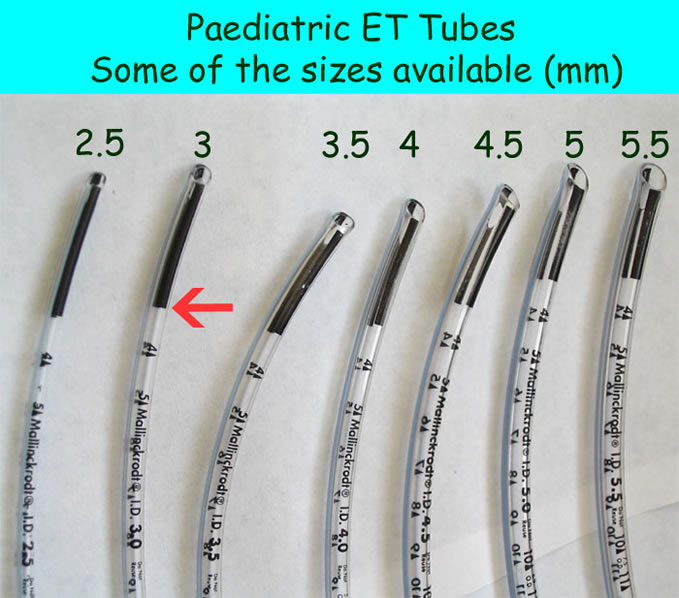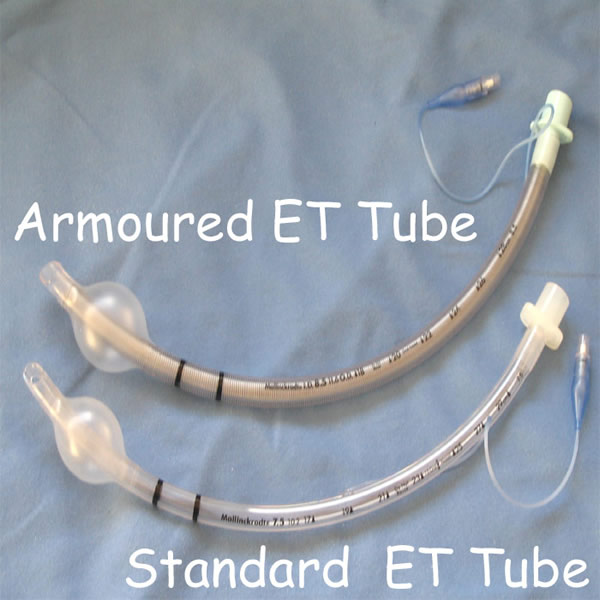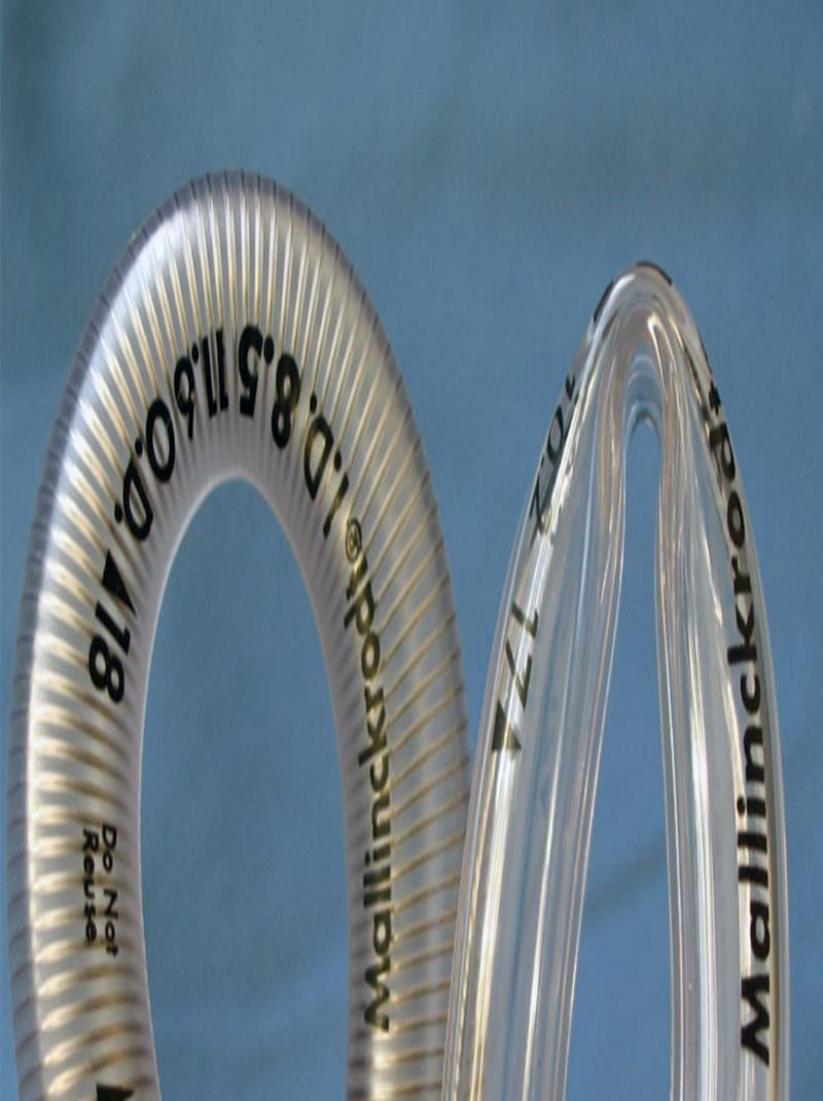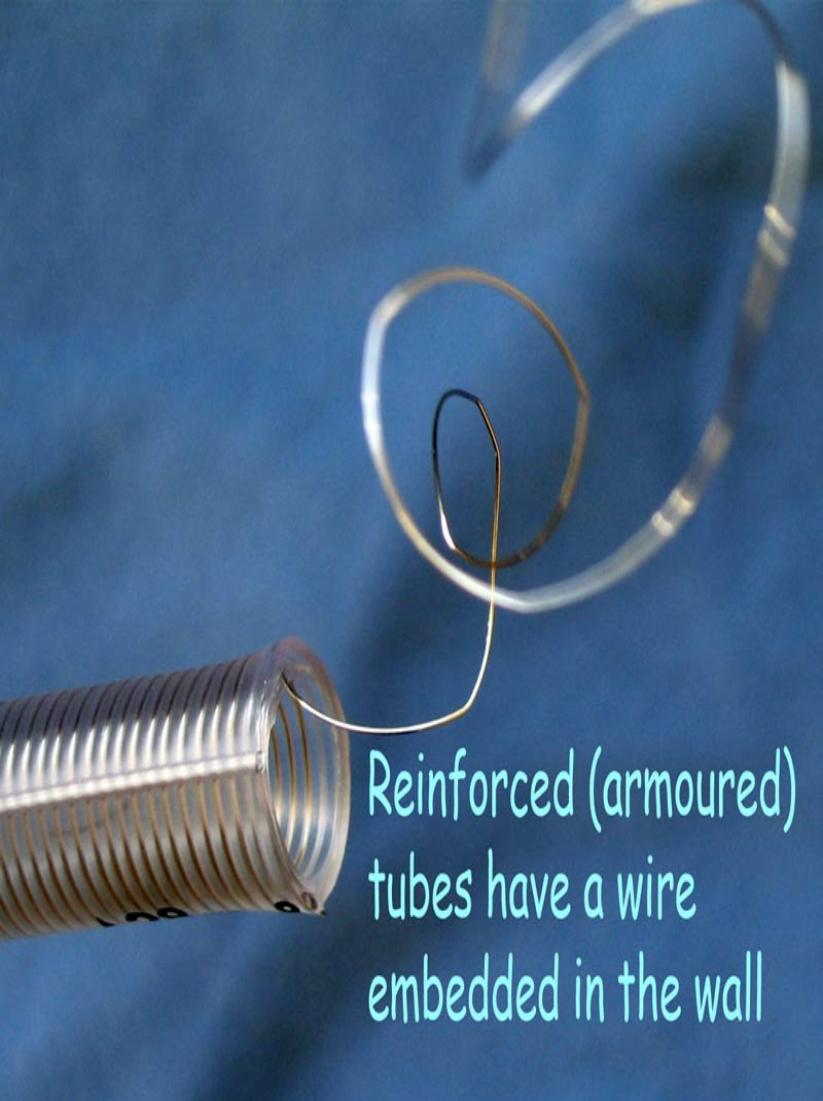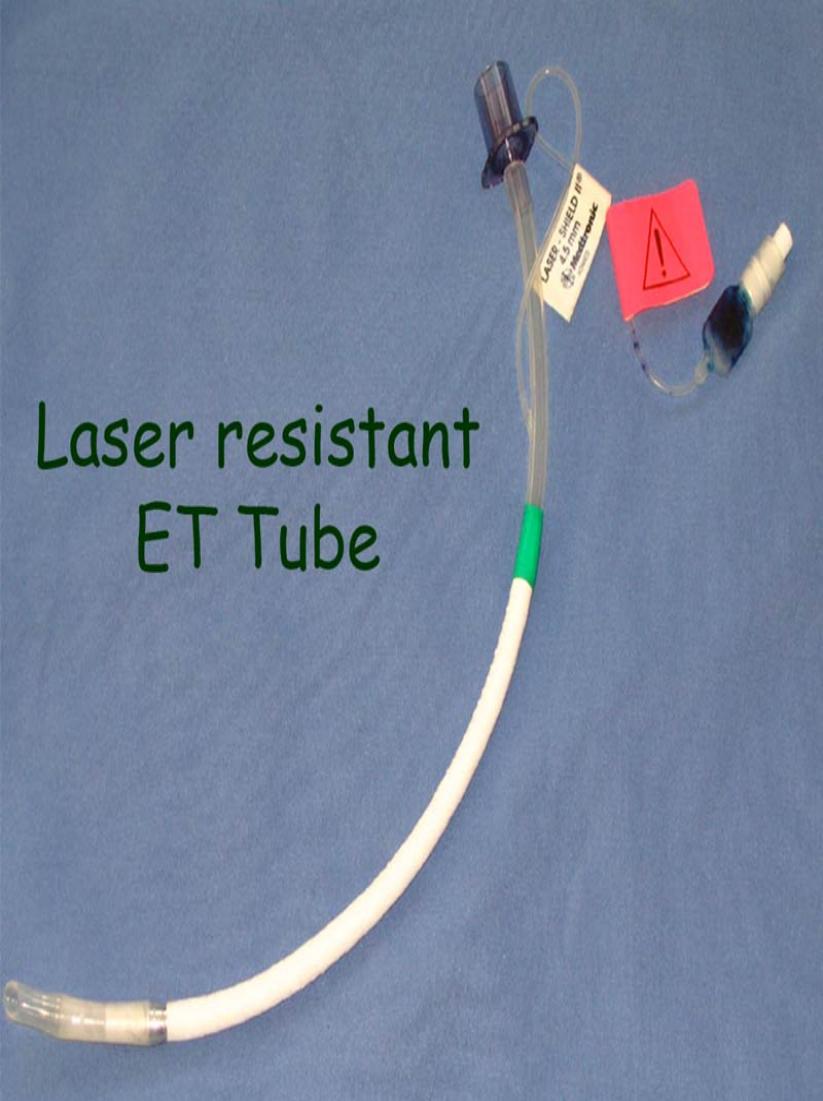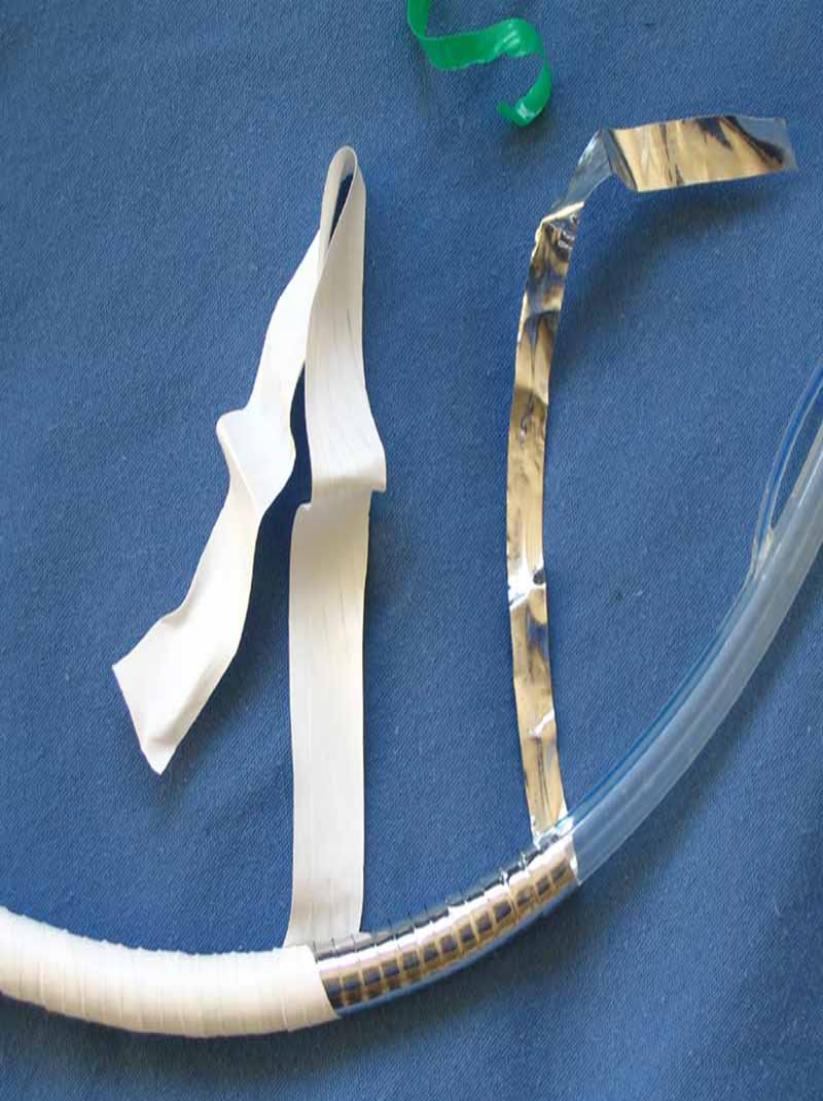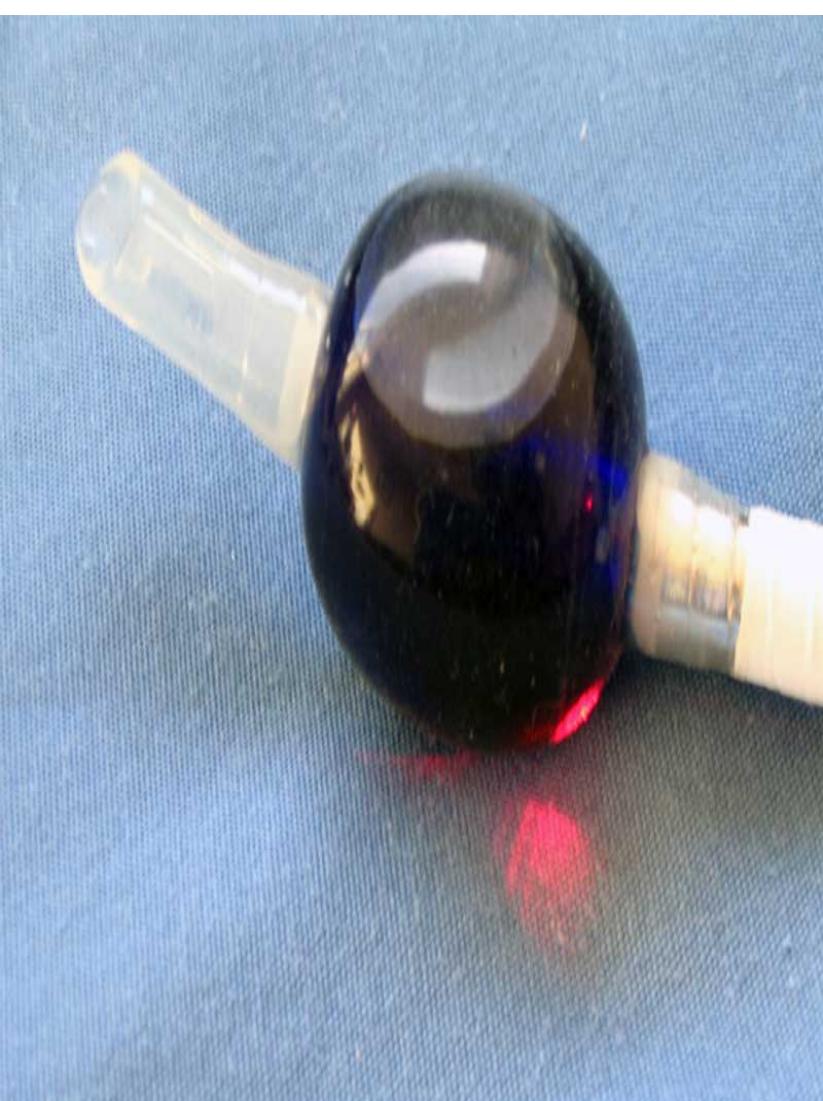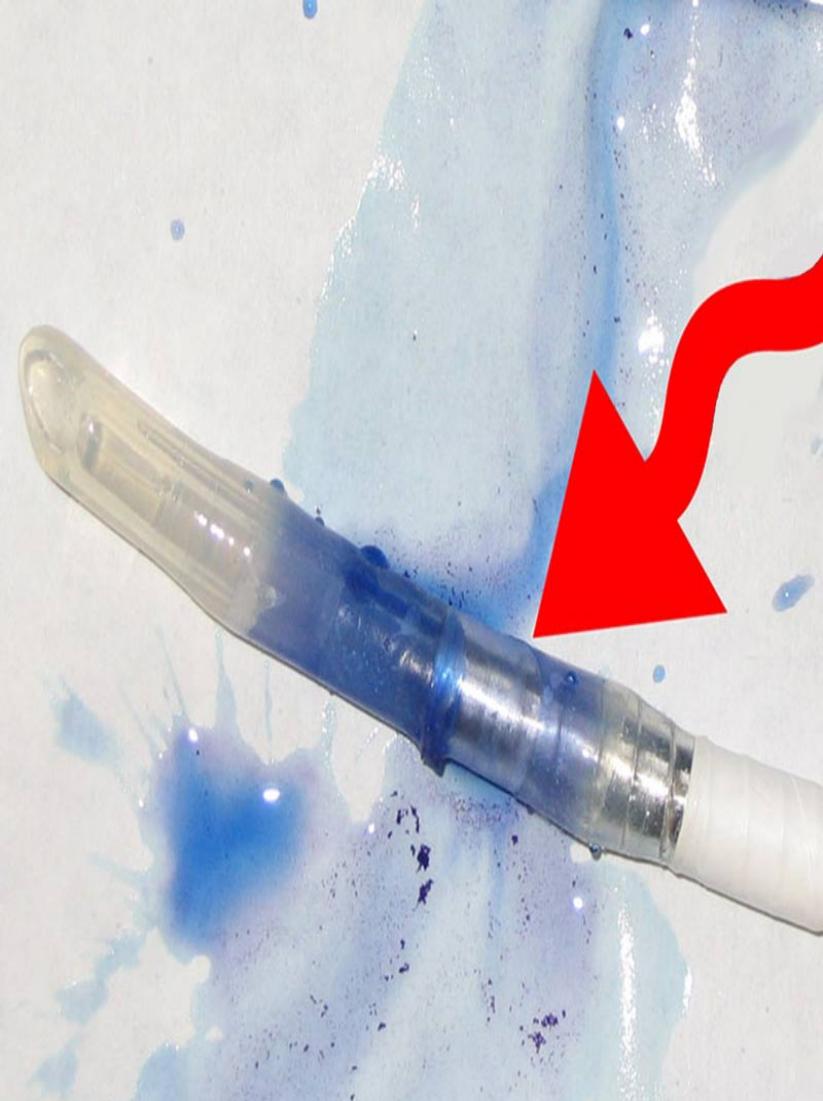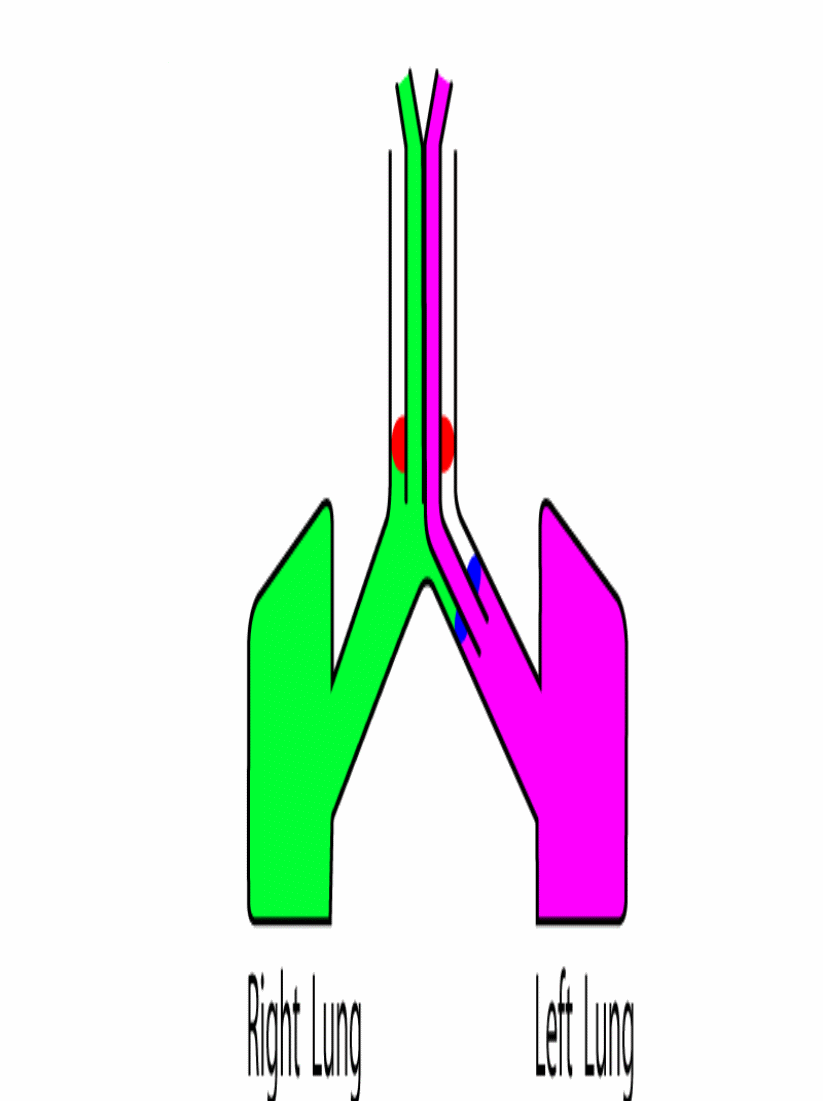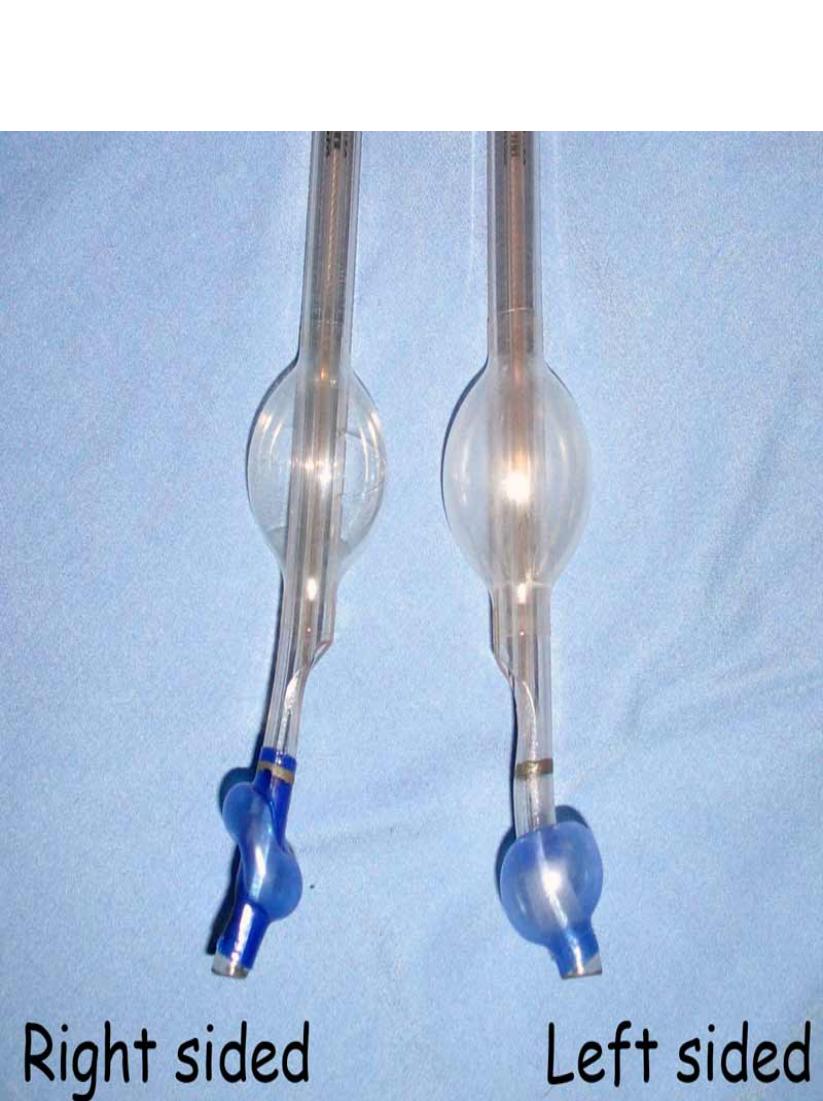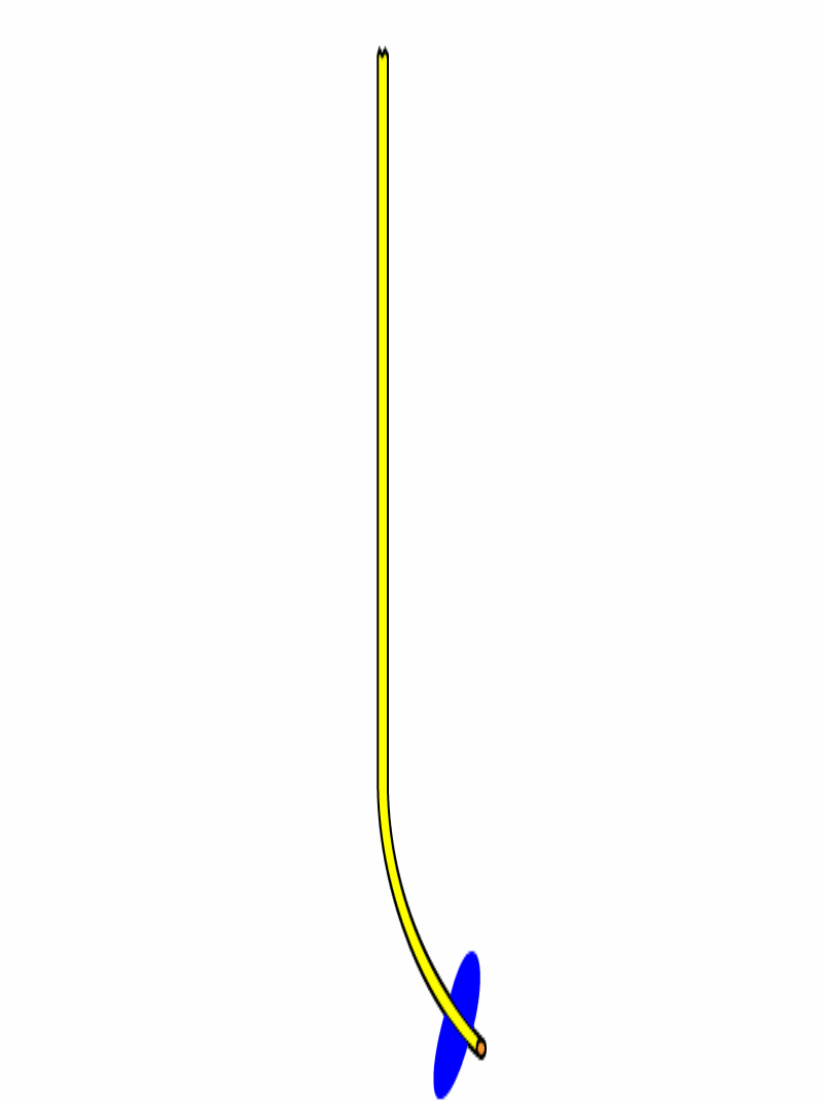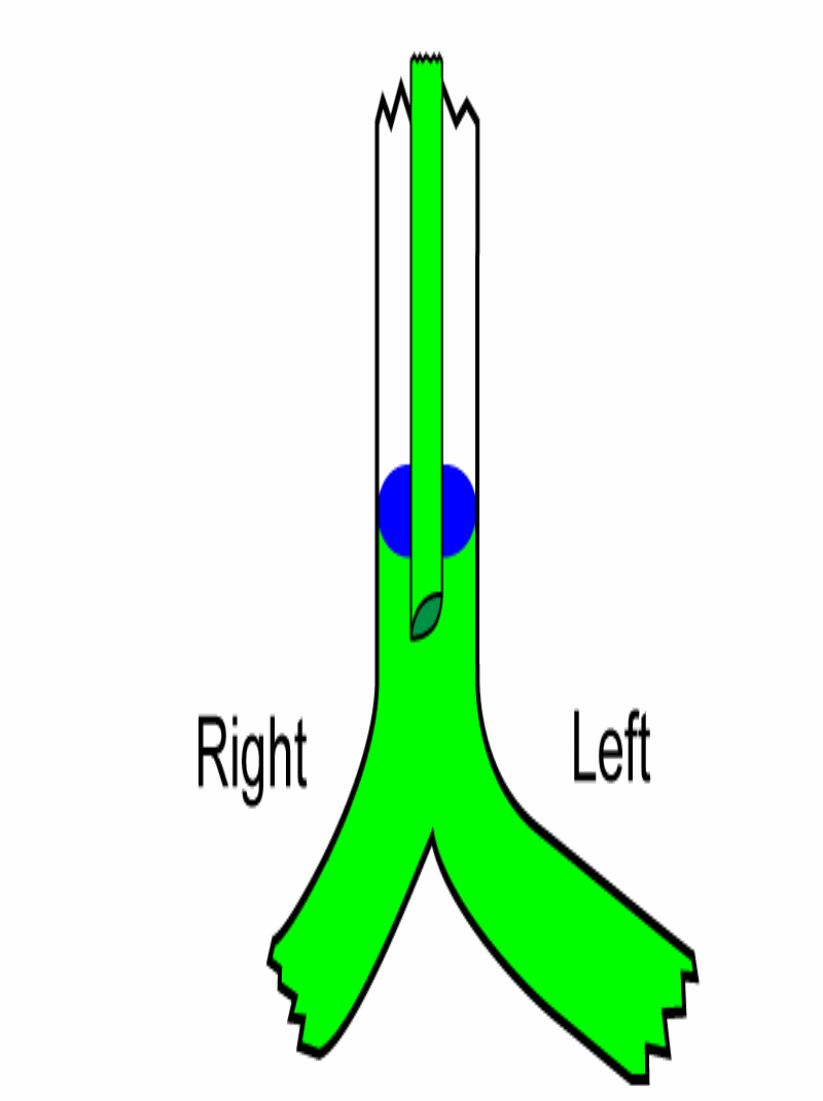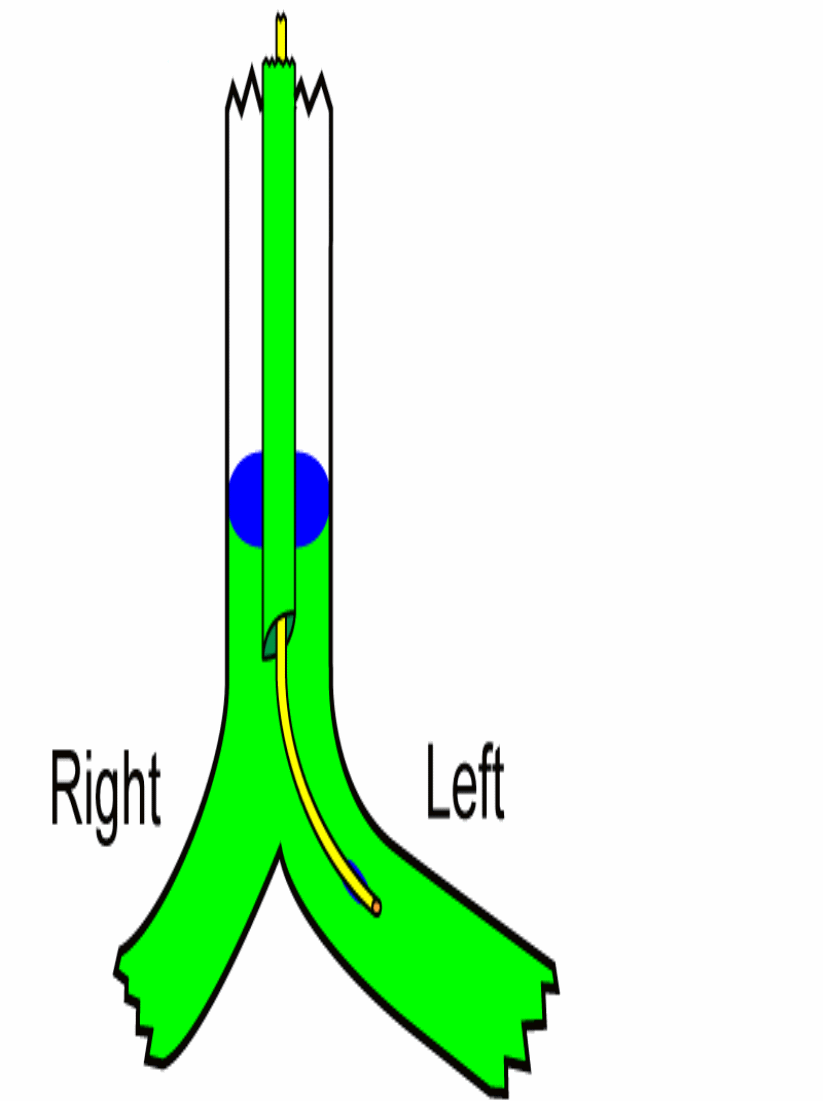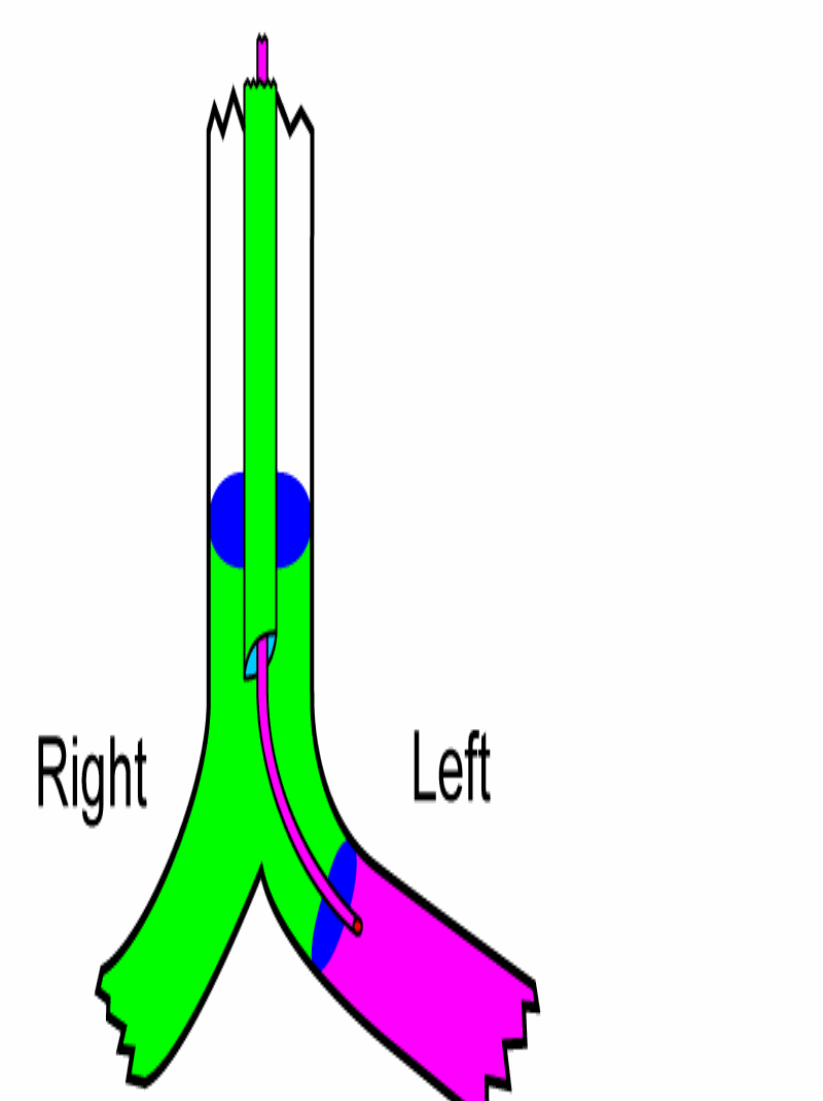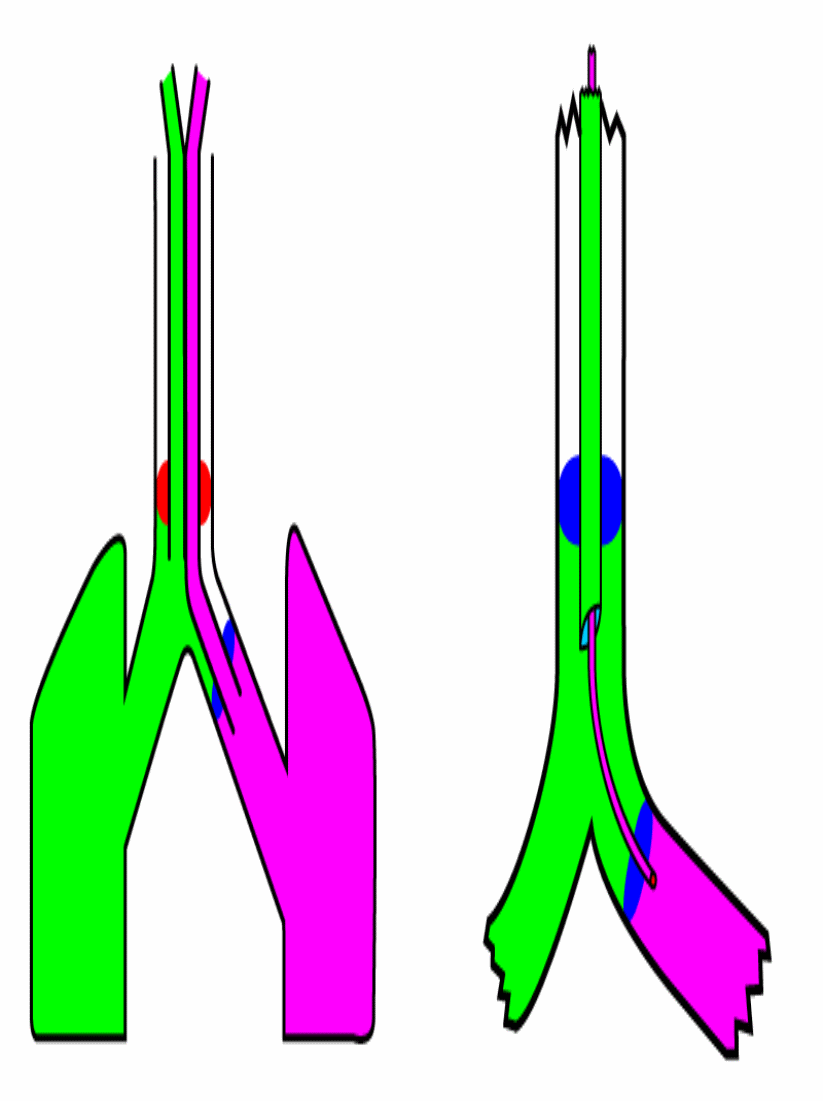| Admissions | Accreditation | Booksellers | Catalog | Colleges | Contact Us | Continents/States/Districts | Contracts | Distance Education | Emergency | Examinations | Forms | Grants | Hostels | Honorary Doctorate degree | Investment | Instructors | Lecture | Librarians | Membership | Professional Examinations | Programs | Progress Report | Recommendations | Research Grants | Researchers | Students login | School | Search | Seminar | Study Center/Centre | Sponsorship | Tutoring | Thesis | Universities | Work counseling |
Tracheal Tubes
What are the functions of endotracheal tubes ?An endotracheal tube (ET tube) :
It is a commonly used device that is critical for patient safety so it is important that you understand its design and use. ET tubes come in various sizes and shapes, but the basic concepts underlying them is the same for all. An "ET tube" is a "tube" !An ET tube, as the name suggests, is a tube ! Like any tube, it is:
What are ET tubes made out of ?Most ET tubes that you will encounter will be made out of plastic (Polyvinyl Chloride, PVC). These ET tubes may be visually clear or opaque.
Plastic is not radio opaque and therefore have a line of radio opaque material that makes them more visible on a chest X ray.
DiameterET tubes have an inner diameter and an outer diameter. The “size” of an ET tube refers to its internal diameter. Therefore if you ask for a “size 6 ” ET tube, you are asking for one with an internal diameter of 6 mm. The image below shows a size 6 mm ET tube. In this particular ET tube, the internal diameter is labeled as “ID 6.0” and similarly, the outside diameter is labeled as 8.8 OD.
Narrower tubes increase the resistance to gas flow. A size 4 mm ET tube has sixteen times more resistance to gas flow than a size 8 mm ET tube. This can be especially relevant in the spontaneously breathing patient who will have to work harder to overcome the increased resistance. Thus one should choose the largest diameter ET tube that is suitable for a given patient. Paediatric ET tubes have a much smaller internal diameter. LengthThe length of the ET tube is measured from the end that goes into the trachea and is marked in centimeters.
After intubation, you should note the "length marking" of the ET tube with reference to a landmark such as incisor teeth or lips. This will help you to monitor the ET tube position and detect if the ET tube has moved into the left or right bronchus. An ET tube that is too long for a given patient maybe more prone to kinking and become obstructed. It can be cut to an more appropriate length if necessary.
To help correct depth of placement, some ET tubes have black markings proximal to the cuff . As shown below, in ET Tubes with one mark, the vocal cords should be at the black mark.
The ET Tube below has two marks. In this case, keep the vocal cords between the two marks. However, these marking systems only provide a rough estimate and correct ET tube position depth should always be confirmed by auscultation.
BevelTo make it easier to pass through the vocal cords and to give you a better vision ahead of the tip, ET tubes have a “slant” called a bevel .
As the ET tube is advanced near the cords, the left facing bevel gives a better view .
Murphy EyeSome ET tubes have an additional hole at the tip called a Murphy's Eye . If the main opening of the ET tube gets blocked by for example abutting against the tracheal wall (represented in the image by the finger) gas flow can still occur via the Murphy Eye. Without the Murphy Eye , the ET tube would have been completely obstructed .
CuffA cuff is an inflatable region at the patient end of an ET tube. ET tubes may or may not have a cuff. In the image below , ET tube 1 does not have a cuff. The ET tube 2 has a cuff that is deflated, and ET tube 3 has a inflated cuff. The inflated portion forms a seal against the tracheal wall . This seal prevents gases from leaking past the cuff and allows positive pressure ventilation. The seal also prevents matter such as regurgitated gastric contents going into the trachea.
After intubation, the cuff is inflated with air. As shown in the image below, this is done by attaching a syringe to the pilot balloon . The pilot balloon is connected to the cuff by a thin tube. As the syringe supplies pressurised air, the pilot balloon and cuff inflate. Once the cuff is inflated the syringe is removed. Air does not leak out as there is a one way valve at the pilot balloon. By feeling the pilot balloon, one can estimate the amount of pressure in the cuff. If the cuff is leaking, e.g. due to damage by the surgeon during a thyroidectomy, the pilot balloon will collapse.
Cuffs are designed to have either a high volume or a low volume. As explained below, cuffs with a high volume have a low pressure and are called "High volume Low pressure" cuffs. Similarly, cuffs with a low volume have a high pressure and are called "Low volume High pressure" cuffs. High volume low pressure cuffs: As shown in the image below, because of their large volume, they have a larger surface area in contact with the trachea. This means that they apply a lower pressure against the tracheal wall and have a lower incidence of tracheal wall ischemia and necrosis. The seal is not as good as the seal in high pressure cuffs because of the lower pressures and because the large cuff may develop wrinkles that allow material to pass by the cuff. Low volume high pressure cuffs: These cuffs have a lower volume and the surface area in contact with the trachea is small. This results in a high pressure seal that is more effective than the one caused by high volume low pressure cuffs. However, this high pressure is more likely to cause tracheal ischaemia and necrosis if used for a prolonged period of time.
ConnectorsET tube connectors connect the ET tube to the breathing system. One end of the connector connects to the ET tube and this end has a diameter that depends on the ET tube size (see small arrows in image below). The other end connects to the breathing system and has a 15 mm outer diameter (British Standard).
ET tubes are often not directly connected to breathing systems. Instead , to provide a more flexible connection, ET tubes are often connected to a flexible “Catheter Mount” (see image below). The catheter mount is then connected to the breathing system.
Special Endotracheal TubesPREFORMED ET TUBESPreformed ET tubes are molded into special shapes that permit good surgical access in the oro nasal area.
For an example (refer to picture below),a “South” facing preformed ET tube provides good access for the ENT surgeon needing to work in the nasal passages.
Similarly, a “North” facing (i.e. the tube emerges from the patient and faces towards the patients top) preformed ET tube provides very good access to the mouth for dental work .
Below are some pictures of real pre formed ET Tubes
The pre formed ET Tube below has a special name. It is called a "RAE" tube, named after its inventors Ring, Adair, and Elwyn.
PEDIATRIC ET TUBES
|

